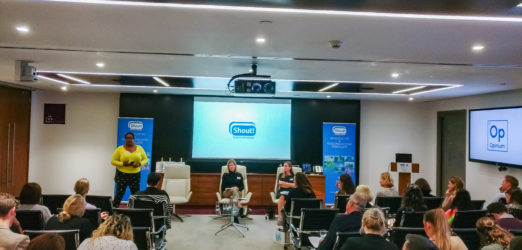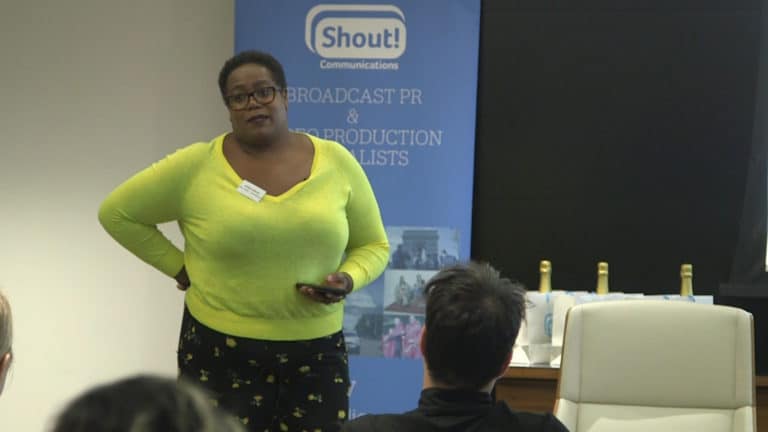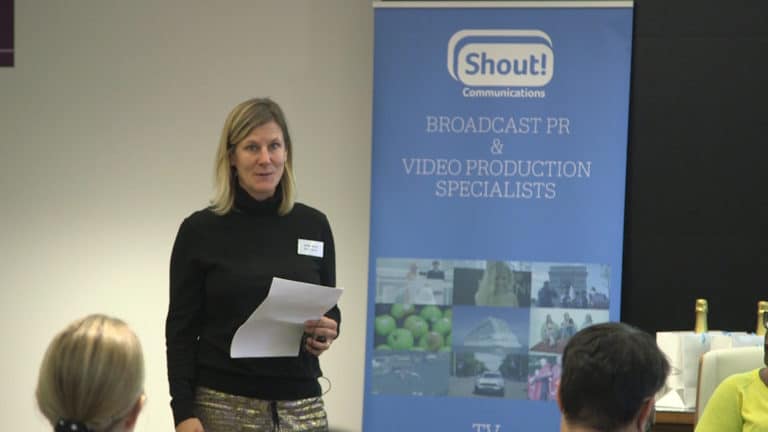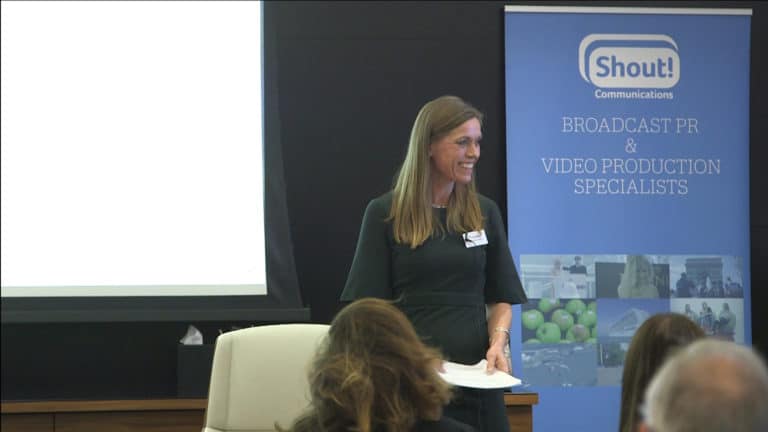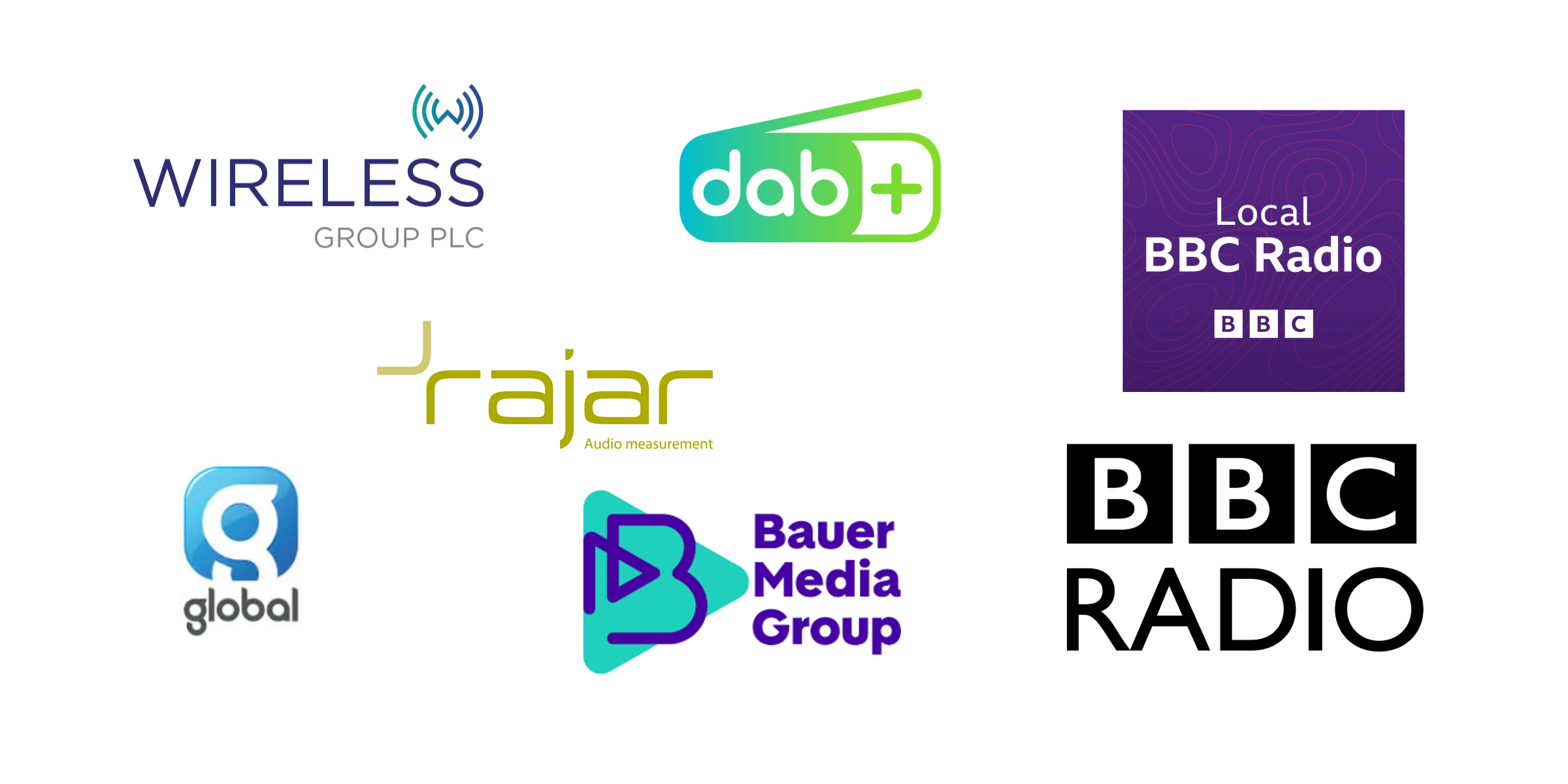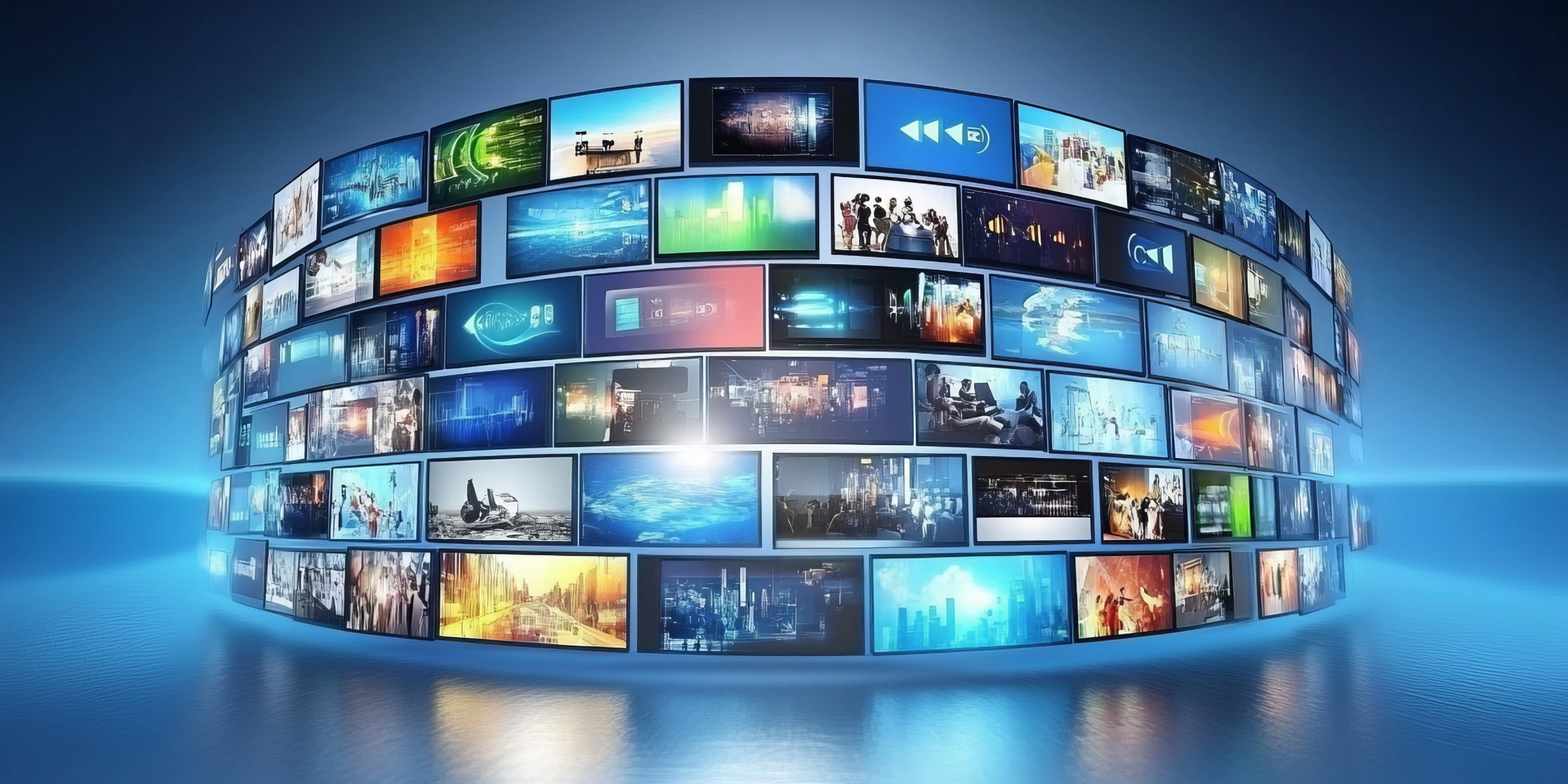We have held our Big Talk events for several years, but this was the first time we’ve had an all-radio and an all-female line-up. When it comes to PR stories, whilst many brands would love to find airtime with them, they’re a tough audience to please.
And what a force Newsbeat is, attracting eight million radio listeners a week, and relentless in only covering stories that are relevant to its target audience of 16-24 year olds.
Newsbeat airs at 1245 and 1745 every weekday and the programme is 15 minutes long. Their remit is to “make sense of the world” for its young audience, at the same time as engaging with and entertaining them. Despite what we might think, there’s also an appetite for international stories.
All the big news stories of the day are covered. Debbie says big stories are big stories for all age groups, all that changes is how they are covered. For Newsbeat that often means a creative use of audio as well as a focus on individuals and how they have been affected by the news. Case studies are therefore critical.
Newsbeat, however, is much more than just radio. Digital, particularly video, is all part of the package.
Diversity was another word Debbie focused on – not only people they put on-air, but the team who put the programme together too. She says the youngest member of their team is 19 years old, ranging up to 50, and they are diverse in more ways that just race.
Their “ruthless” focus on their audience means they might not necessarily be your best friend if you’re in PR… but one tip Debbie did give was to tailor your pitch as much as possible. The more targeted, the better, she says. Don’t bother sending a generic press release to Newsbeat – if you do, she says you will get a reputation for this which may be detrimental when you do try to tailor a pitch. Shout! Communications can support you in your pursuit of radio public relations coverage by offering at a minimum, 10-12 opportunities across BBC, national and regional radio.
Bauer Media is huge. In the UK they reach 25 million consumers across radio brands such as KISS, Magic, Absolute Radio and magazines/online titles like Grazia and Empire. Essentially, Jo controls a lot of the celebrity content that will make its way into the Bauer brands. One of her initial challenges she says, was to prove to those brands (who sometimes see each other as competitors) that there is strength in cross-promoting and sharing content. The way it works is the Entertainment Hub will be offered a celebrity guest via agents or PR contacts, and they will decide which of Bauer’s brands that celebrity would be most relevant to.
If you’re really lucky, or more likely, offering a stellar guest they wouldn’t otherwise have access to, they’ll set up a multi-brand schedule for you. Of course, Jo also says you will get much more out of this if you have some budget…
One of the main points Jo made was that entertainment news doesn’t always have to be light and fluffy. It’s a way to amplify all kinds of more serious content by using the power of celebrity talent. Shout! Communications can help you find your own celebrity through our commercial celebrity spokesperson sourcing service. Another major area where Bauer’s Entertainment Hub has a real impact is on social media. Some of their “shows” are solely available on YouTube, and you’ll find shorter snippets and teasers on Twitter, Facebook and Instagram. If you want to really make your campaign stand out, get in touch with Jo to talk about budgets and possible options for your client.
One of the stand-out insights from Karen was the programme’s willingness to cover taboo topics such as bowel incontinence after pregnancy. She says conditions that are experienced so widely and yet never talked about publicly deserve a platform.
The programme angles every story from a female perspective, but that doesn’t mean you only have to offer female guests or topics. The programme will take male spokespeople as long as they are relevant to the way they want to tell a story. A raw but confident case study is your key to success if pitching to this show – just make sure they are confident, but not over-rehearsed or scripted.
Woman’s Hour also loves an exclusive, so if you are willing to give them something no one else can have, it’s worth mentioning this to their planning team as an incentive.
When asked if there is still a place for Woman’s Hour, Karen says yes of course – women are still an under-represented group and that is exactly why a programme like Woman’s Hour is still vital in 2019.
Watch the full video highlights below
